- This Month in Wildlife Sightings #Jan2022
- This Month in Wildlife Sightings #Feb2022
- This Month in Wildlife Sightings #March2022
- This Month in Wildlife Sightings #April2022
- This Month in Wildlife Sightings #June2022
- This Month in Wildlife Sightings #Sep2022
- This Month in Wildlife Sightings #Nov2022
- This Month in Wildlife Sightings #Dec2022
- This Month in Wildlife Sightings #March2023
- This Month in Wildlife Sightings #April2023
- This Month in Wildlife Sightings #May2023
- This Month in Wildlife Sightings #June2023
- This Month in Wildlife Sightings #May2024
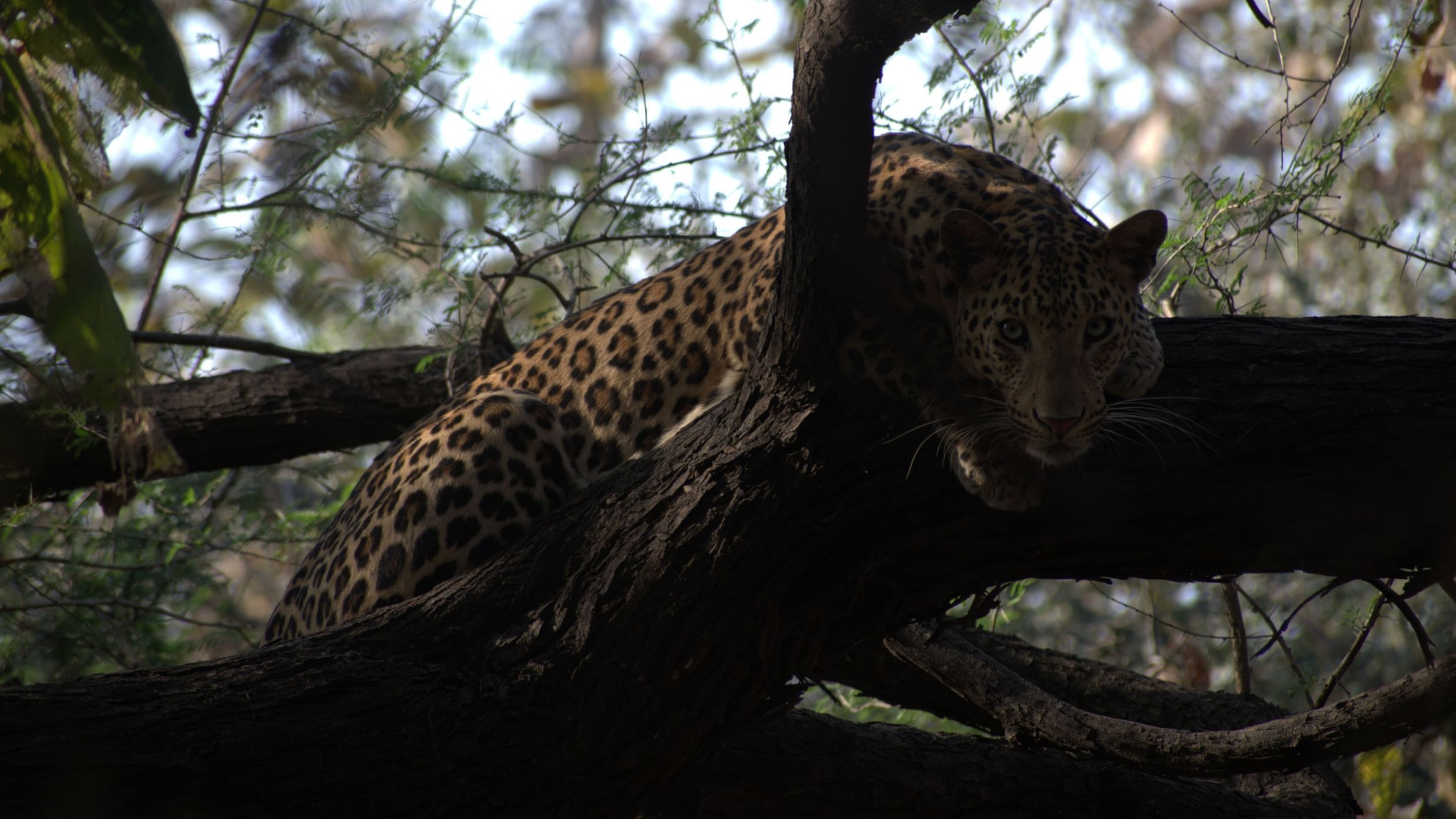
May has been incredible in terms of wildlife sightings. From witnessing territory conflicts and birds of prey making their presence felt to how the inhabitants in the wild are handling the scorching heat, this month has been quite interesting, write our naturalists Piyush & Ankit.
Never underestimate a safari’s ability to surprise you. Leopards are known to be extremely shy and elusive. But, during one of the mid-morning safaris, there was an unforgettable sighting involving the big cats. A lioness was chasing a leopard, and in a flash the leopard climbed up a tree. The lioness stood underneath the tree waiting patiently, at the same time marking his territory. Such is the power dynamics!
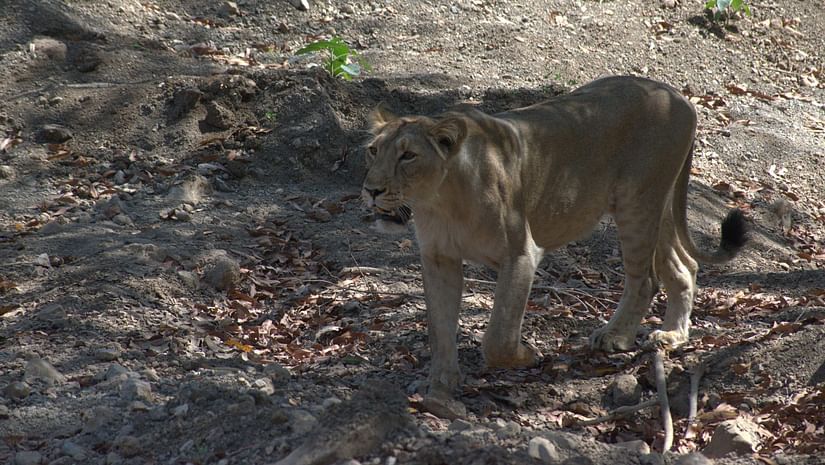
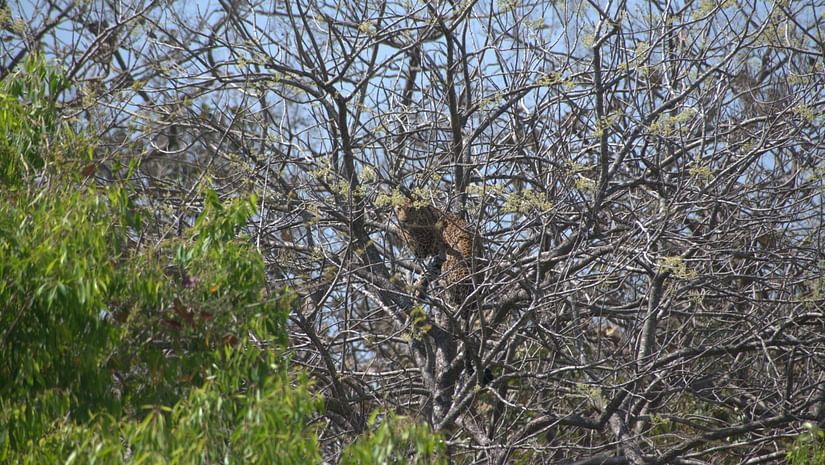
Though Gujarat’s Gir forest is renowned for its Asiatic lion, but if you’re lucky you may even get a glimpse of the albino deer. Albino is a genetic disorder under which the pigments of the of skin, hair and eyes change within a species.
)
As the scorching summer sun beats down relentlessly on Gir, the landscape undergoes a dramatic transformation. The lush greenery that once blanketed the undulating terrain withers away, replaced by a parched, golden hue.
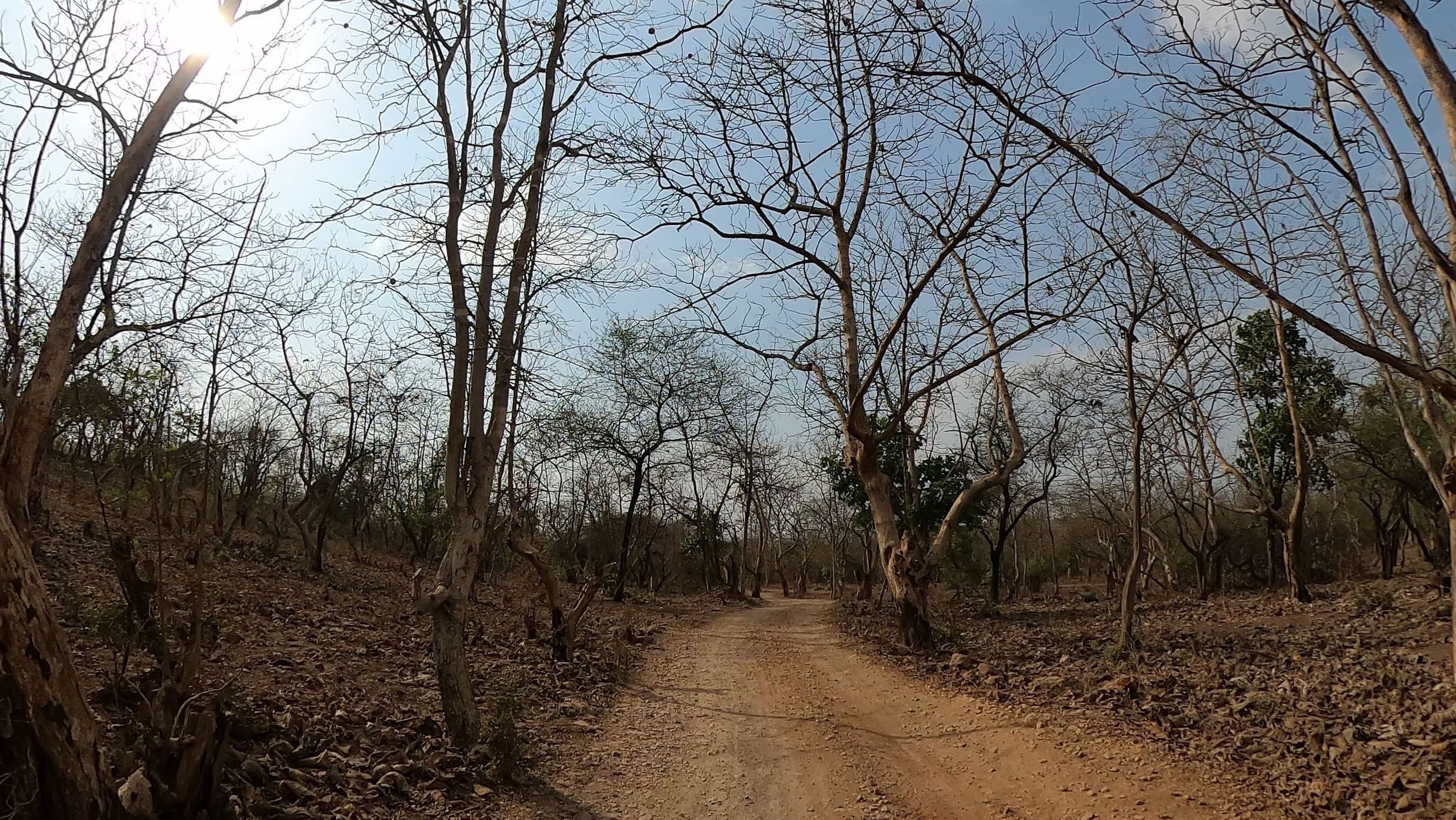
The Asiatic lions have evolved remarkable strategies to cope with the harsh conditions of the summer months. During the day, they seek refuge in the cool, shaded confines of densely wooded areas or rocky outcroppings, conserving their energy for the hunt. As the sun dips below the horizon, they emerge from their shelters, their powerful bodies propelled by the promise of a successful kill.
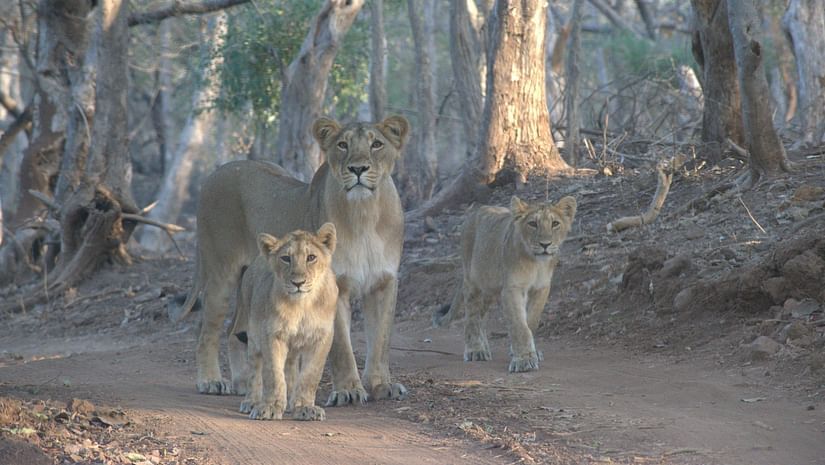
)
Deer congregate near the remaining waterholes, quenching their thirst and wallowing in the mud to cool their body temperatures. On the other hand, birds of prey such as, storks, eagles, hawks and vultures are more visible in this season. Due to the thermals generated by the heat, they can fly well with less energy. These birds use rising air currents to maintain altitude and gain energy from atmospheric motion. Reptiles burrow deep into the earth to escape the searing temperatures.
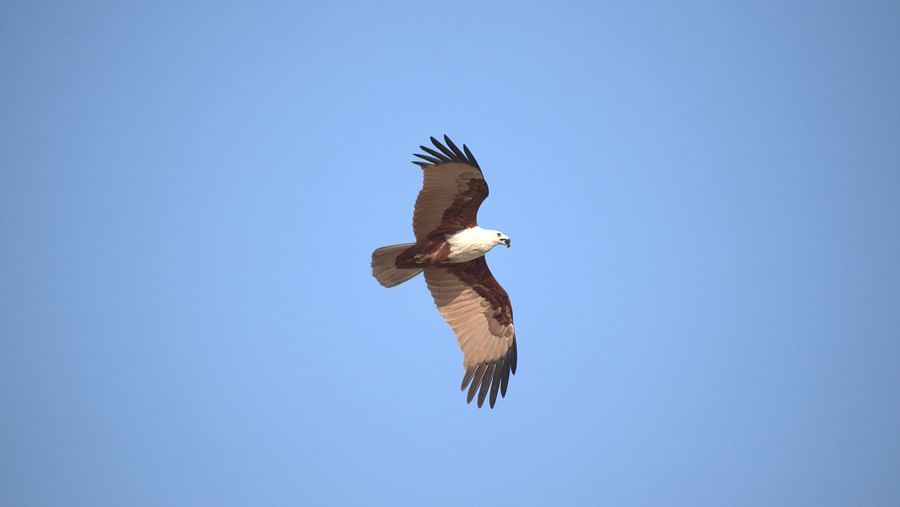
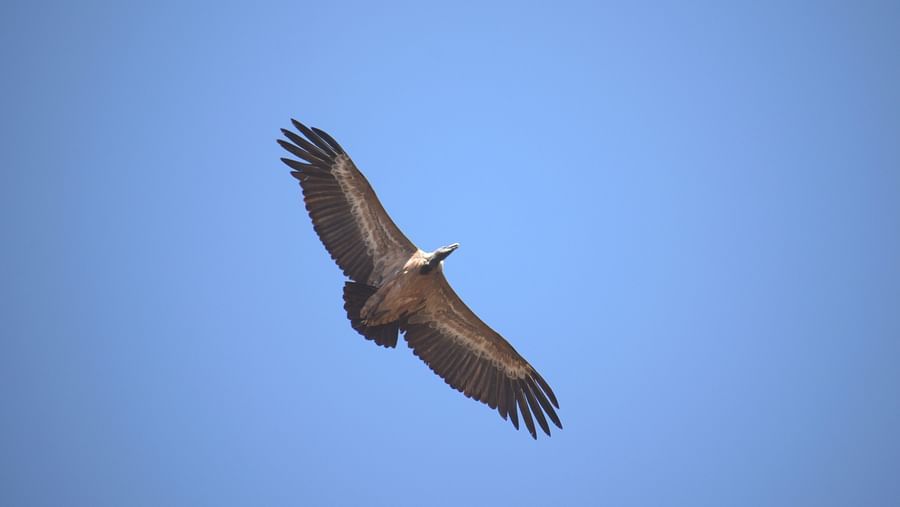
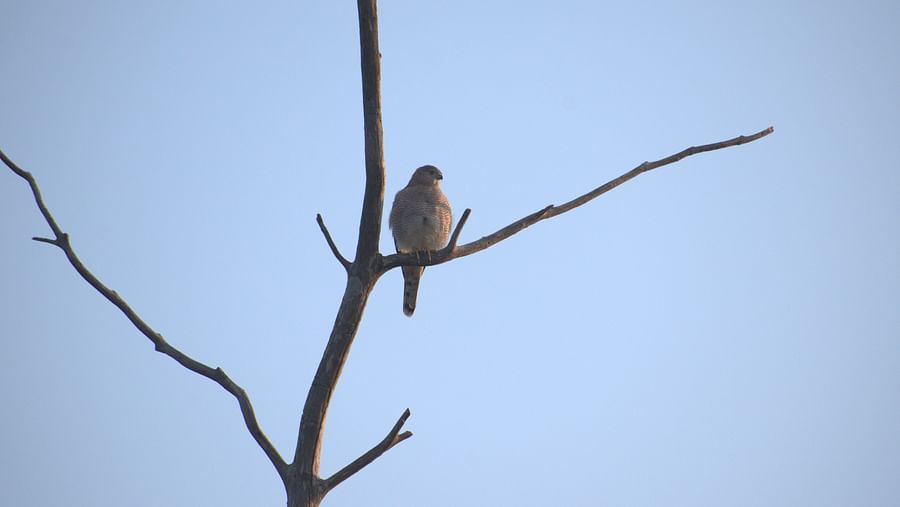

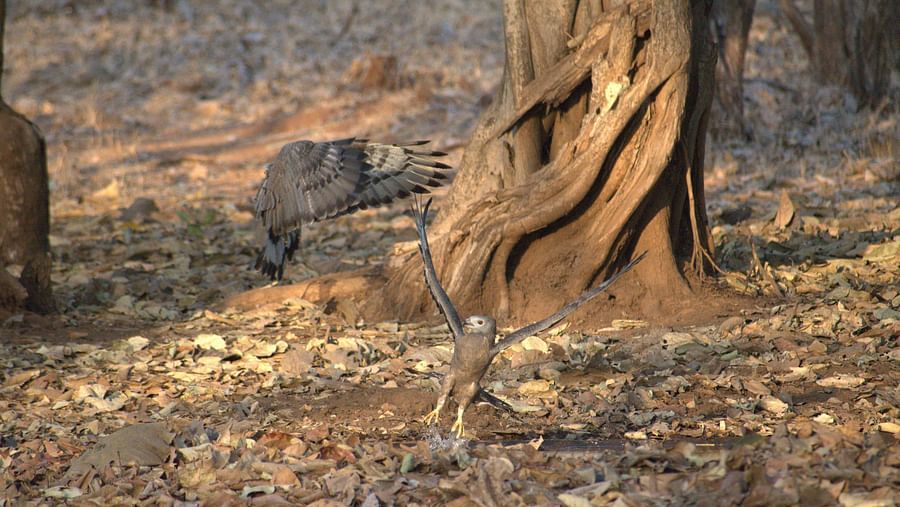
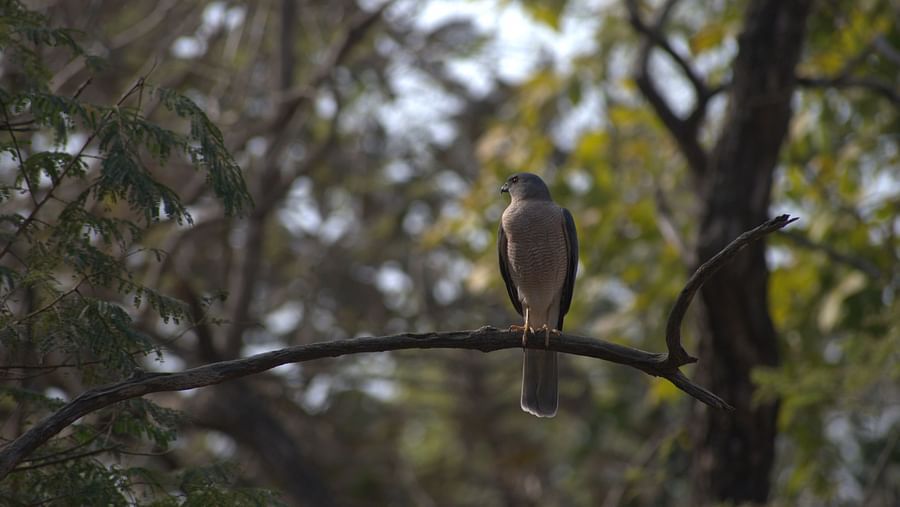
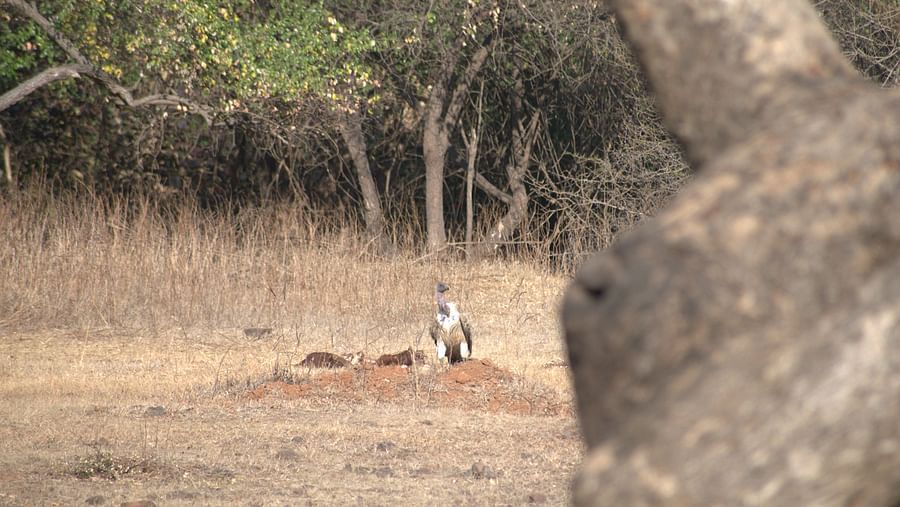
Yet, for all the hardships the summer brings, the Gir forest remains a haven for its inhabitants. The resilient flora and fauna have adapted to the cyclical patterns of nature, their very existence a testament to the intricate balance between life and the elements.

